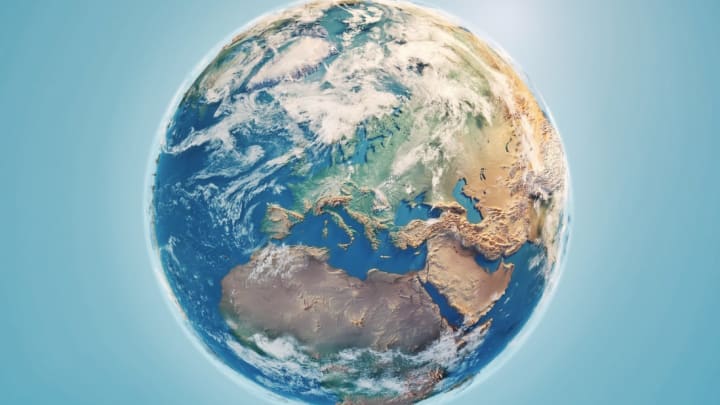The first Earth Day in 1970 was celebrated with protests, nature walks, concerts, and other activities meant to spark interest and engagement in the planet's well-being. Since then, April 22 has been a day to reflect on our impact on the environment, on broad and individual scales. So just how much has the Earth changed since the first Earth Day? According to this video from the American Museum of Natural History, it's changed a lot, and not for the better.
The world's population has doubled since 1970, from 3.7 billion then to over 7 billion today. While there are more people consuming resources, more resources are also being consumed per person. On average, we're each burning 37 percent more fossil fuel than we were in 1970, eating 60 percent more meat, and taking 495 percent more plane trips. All that consumption adds up to 1.2 trillion tons of CO2 emitted in the past five decades, which contributed to ocean waters warming 1°F and sea levels rising more than 5 inches.
Those numbers look pretty grim, but it isn't all bad news: Humans have also made significant strides toward protecting the environment in that same period, including passing the Endangered Species Act, designating protected marine areas, and signing international agreements to reduce greenhouse gas emissions across the globe.
People are also more aware of what can be done on a personal level to reduce their carbon footprint. For tips on how to be greener this Earth Day, check out our list of eco-friendly habits.
